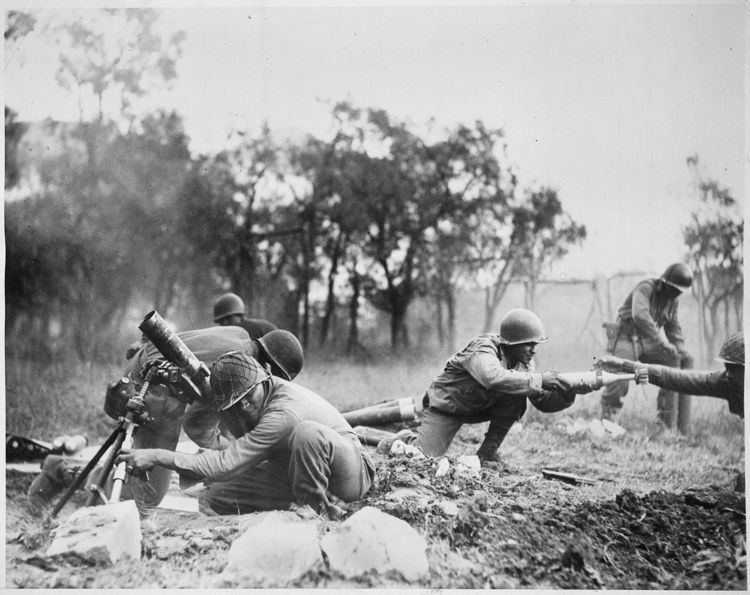Length 3 ft 11 in (1.19 m) | Place of origin United States Weight see general data | |
 | ||
Wars | ||
The M1 mortar is an American 81 millimeter caliber mortar. It was based on the French Brandt mortar. The M1 mortar was used from World War II until the 1950s when it was replaced by the lighter and longer ranged M29 mortar.
Contents
General data
Weight:
Ammunition
Fuzes
The M1 Mortar's shells sometimes used the same fuzes as the shells for the M2 60mm Mortar. An adapter collar was added to the smaller fuzes to allow them to fit the larger shells.
References
M1 mortar Wikipedia(Text) CC BY-SA
